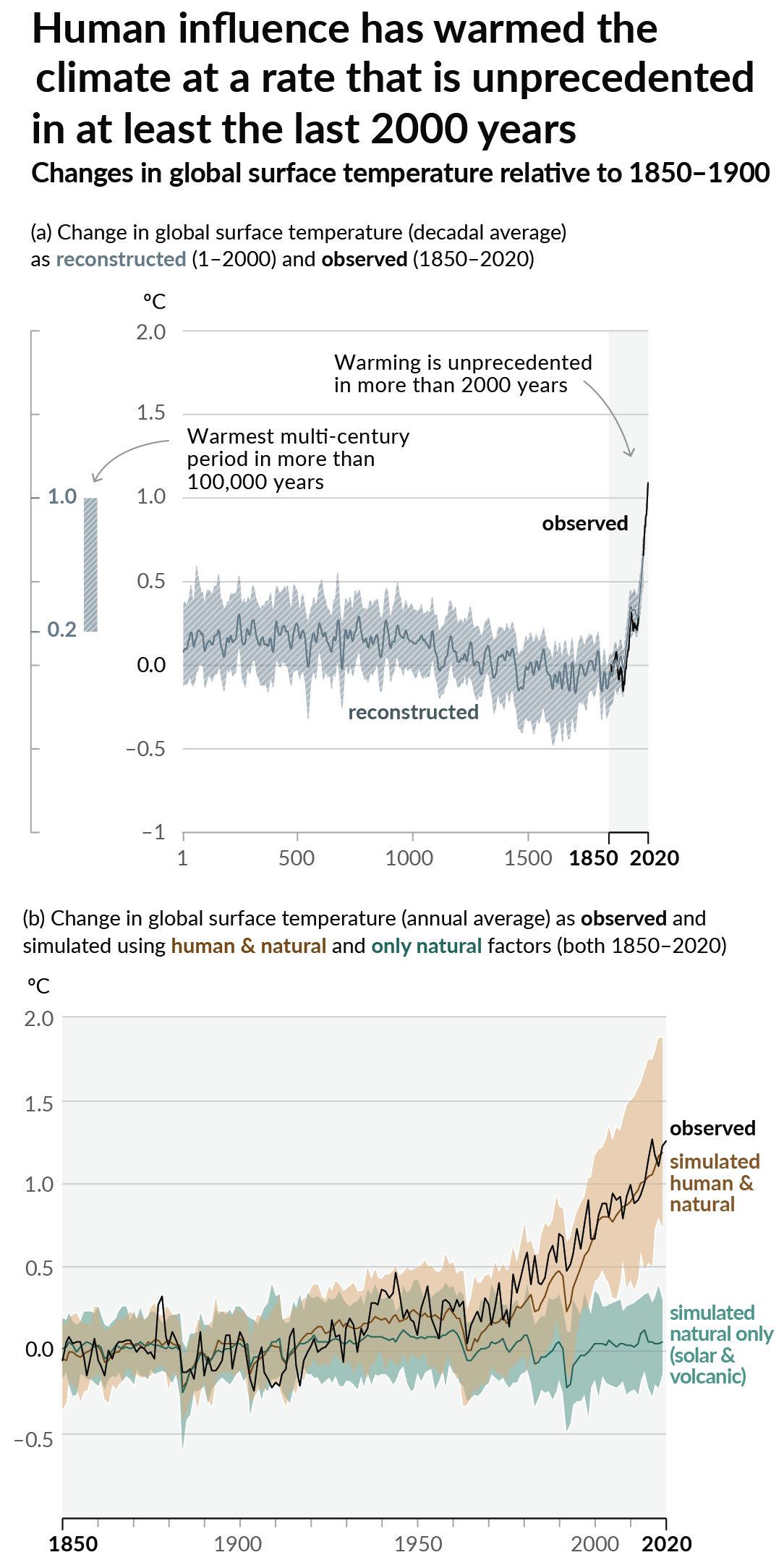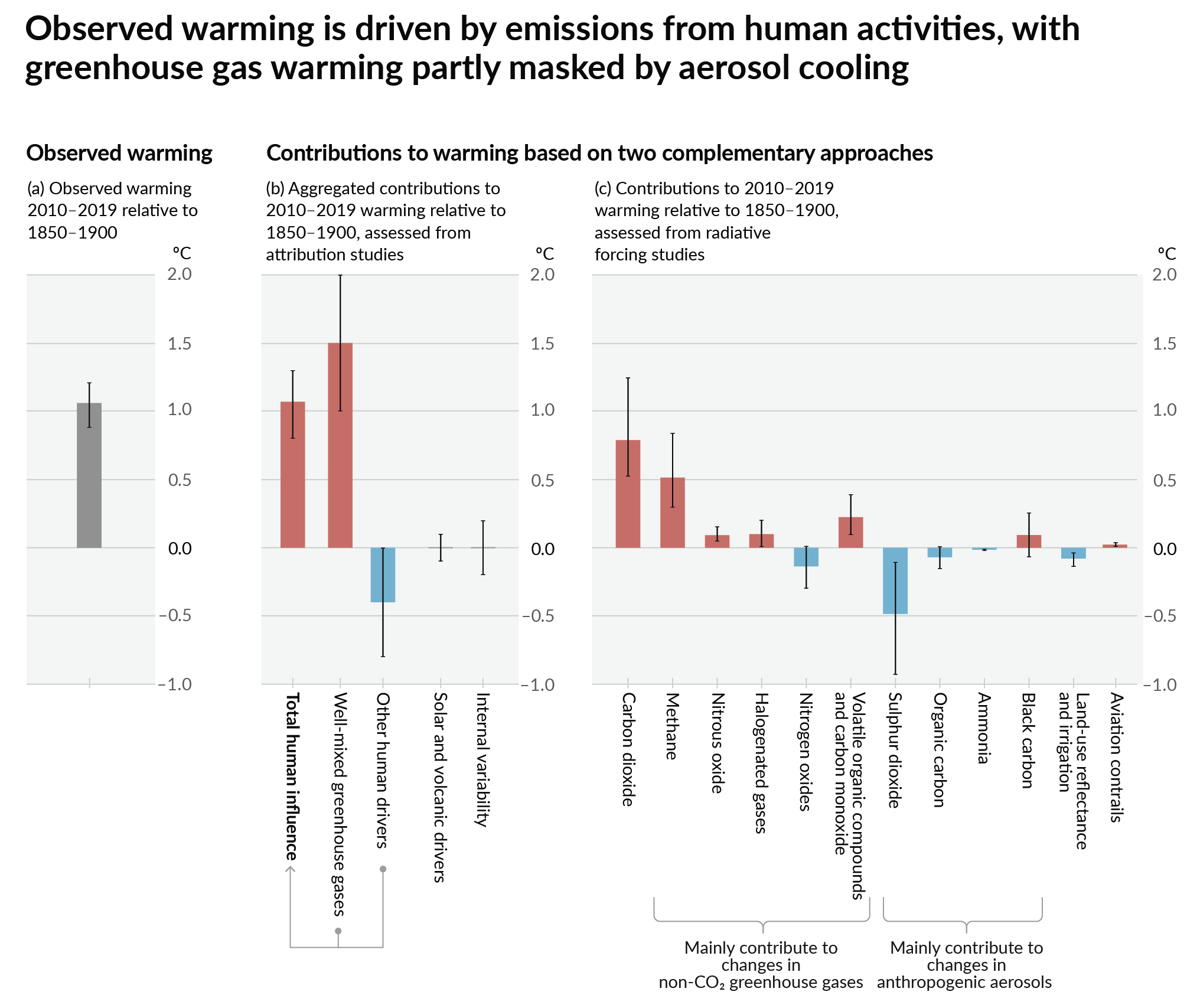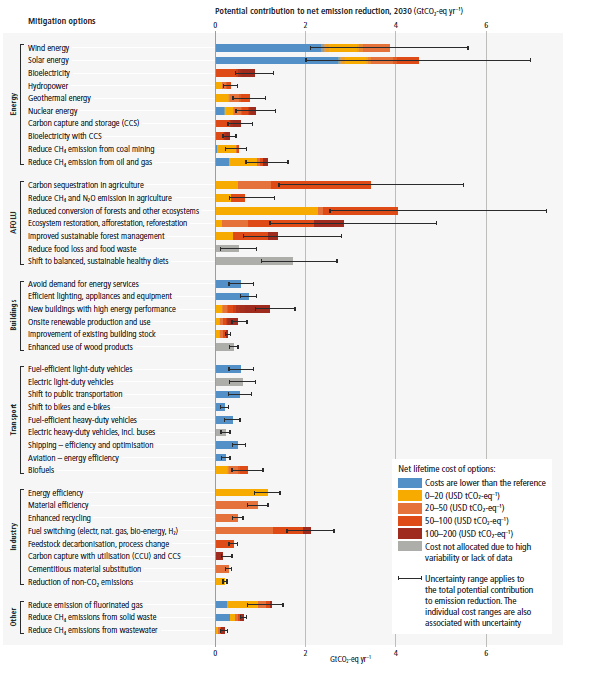Crowdsourcing photos is a neat way to gauge the health of those ecosystems. I've quoted some excerpts from the article below.
A link to the study: https://doi.org/10.1088/1748-9326/ae0658
Peatlands are among the world’s most important yet underappreciated ecosystems. They are a type of wetland that covers a small fraction of the Earth’s land, while containing the most carbon-rich soils in the world.
Healthy peatlands shape water cycles, support unique biodiversity and sustain communities. Yet for all their importance, we still lack a clear picture of how peatlands are changing through time.
When peatlands are drained, degraded or burned, the carbon they hold is released into the atmosphere. More than three million square kilometres of wetlands have been drained by humans since 1700, meaning we have lost a huge amount of carbon sequestration potential globally. This makes it all the more important for us to understand and conserve remaining peatlands.
Our study, called The PeatPic Project, used smartphone photography to collect data. We connected with peatland researchers around the world via social media and word of mouth and asked them to collect photographs of their peatlands during 2021 and 2022. We gathered more than 3,700 photographs from 27 peatlands in 10 countries.
We analyzed these photographs to look at the plant colour, telling us how green leaves are across the year, and providing rich information on the vegetation growing there. Changes in green leaf colour indicate when plants start their growing season.
They also indicate how green or healthy plants are, how much nutrient plants take up and when they turn brown in the autumn. Colour shifts can also signal changes in moisture or nutrient conditions, temperature stress or disturbance.


